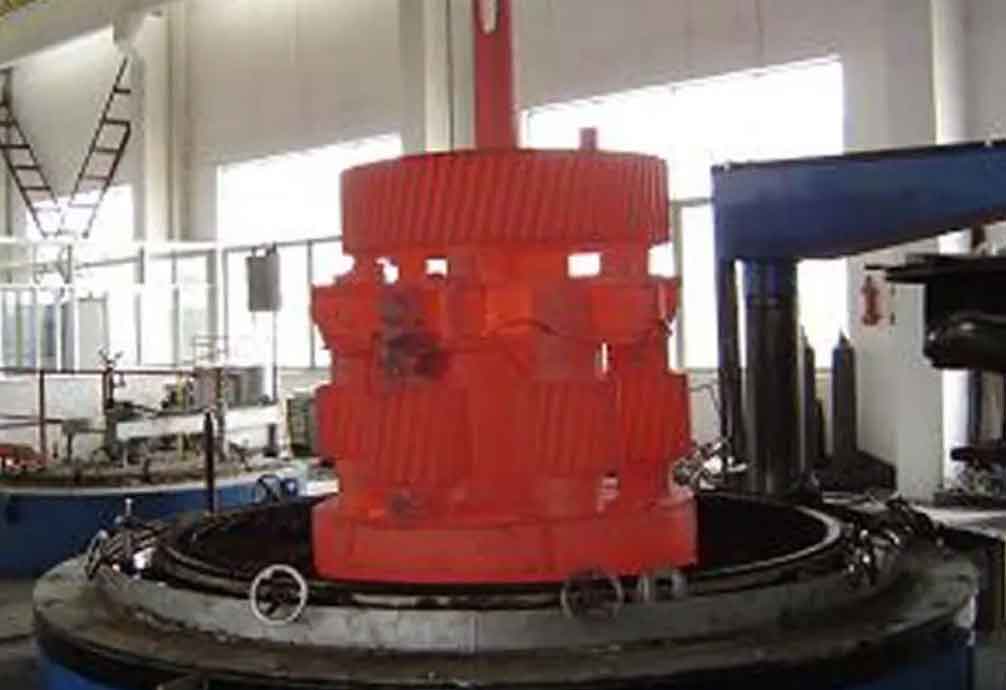Heat treatment and alternative gear surface enhancement methods are both techniques used to improve the performance and durability of gears. While heat treatment has been widely used for many years, alternative methods have emerged as potential alternatives or complementary approaches. Let’s compare them:

Heat Treatment:
Heat treatment involves subjecting gears to controlled heating and cooling processes to alter their microstructure and properties. The most common heat treatment methods for gears include:
- Carburizing: The gear is heated in a carbon-rich environment, allowing carbon atoms to diffuse into the surface, forming a hardened outer layer.
- Quenching: The heated gear is rapidly cooled to create a hardened structure, enhancing its strength and wear resistance.
- Nitriding: The gear is exposed to a nitrogen-rich environment, forming a hard nitride layer on the surface, improving wear resistance.
- Induction hardening: High-frequency electrical currents are used to heat the gear locally, followed by quenching to create a hardened surface.
Advantages of heat treatment:
- Well-established and widely used method.
- Can achieve significant improvement in gear hardness and wear resistance.
- Can be applied to a wide range of gear materials.
- Allows for selective treatment of specific gear areas.
Alternative Gear Surface Enhancement Methods: In recent years, alternative methods have been developed to enhance gear surfaces. These methods aim to provide similar or improved performance compared to traditional heat treatment techniques. Some notable alternatives include:
- Shot peening: High-velocity steel or ceramic particles are shot at the gear surface, inducing compressive stresses that improve fatigue resistance and enhance surface hardness.
- Surface coatings: Thin layers of hard coatings, such as DLC (Diamond-Like Carbon), PVD (Physical Vapor Deposition), or CVD (Chemical Vapor Deposition), are applied to the gear surface to increase wear resistance and reduce friction.
- Laser surface modification: Laser beams are used to melt and re-solidify the surface, altering its microstructure and improving hardness and wear resistance.
- Superfinishing: A specialized machining process that achieves very smooth gear surfaces, reducing friction, noise, and wear.
Advantages of alternative methods:
- Some methods, like shot peening, can induce compressive residual stresses, enhancing fatigue resistance.
- Coatings can provide tailored properties such as high hardness or low friction.
- Laser surface modification allows for precise control and localized treatment.
- Superfinishing can improve gear performance by reducing friction and noise.
It’s worth noting that the choice between heat treatment and alternative methods depends on factors such as the gear’s material, design, intended application, and desired performance characteristics. In some cases, a combination of heat treatment and alternative methods may be used to achieve the desired gear performance. Manufacturers and engineers often evaluate each method’s pros and cons based on their specific requirements to determine the most suitable approach.
